Bush Tucker list compiled after visiting and purchasing the following plants from Indigrow https://www.indigigrow.com.au/
Thanks to Peter Cooley and lovey assistants there for sharing their knowledge.
Apple Berry
Billardiera scandens, commonly known as apple berry or apple dumpling, is a small shrub or twining plant of the Pittosporaceae family which occurs in forests in the coastal and tableland areas of all states and territories in Australia, apart from the Northern Territory and Western Australia
- Full sun
- Groundcover/climber
Height up to 1.5m
- Sandy soil/adaptable
- Flowers – Spring, all year
- Eastern Suburb Banksia Scrub
- Attracts – Bees, Nectar eating birds, butterflies & insects
- Edible fruit
https://www.indigigrow.com.au/product-page/billardiera-scandens
Dune Flower
Scaevola calendulacea known as the dune fan-flower, is a small shrub found on sand dunes in eastern and southern Australia. It was first described in 1798 by Henry Charles Andrews as Goodenia calendulacea, but in 1917 was assigned to the genus, Scaevola, by George Claridge Druce
- Full sun
- Local to Sydney on sandy soil, beach
- Edible berry – light purple
- Groundcover for sandy soil
- Drought tolerant
Native Grape – Cayratia Clematidea
Cayratia clematidea, known as the native grape or slender grape, is a common Australian vine in the grape family. Growing in or on the edges of rainforest, from the Shoalhaven River gorges north to Queensland. Tendrils form opposite the leaf
- Full sun/ filtered
- Vine 2m long
- Adaptable in most soils
- Flowers – Dec –Feb
- Attracts – host plant of the Joseph’s coat moth
- Edible – fruit & tubers
Native Currant Antidesma erostre
An interesting medium sized shrub with leathery leaves, bearing clusters of small edible berries in summer to early autumn. The berries are red at mid ripening, and turn darker at full ripeness, which is when the birds will also help themselves to your fruit. They can be eaten raw or used in cooking. Grows in full sun to dappled shade. While it originates in tropical areas, it can withstand light frost, but will perform best in warmer climates and in full sun. Likes well drained but moist soil, added organic matter will help growth. New growth is an attractive red, can be used for informal hedging.
Black Apple – Pouteria Australis
Pouteria australis, also known by the synonym Planchonella australis, is a medium to tall rainforest tree of the family Sapotaceae native to Queensland and New South Wales, Australia. It is known by the common name black apple, wild plum, yellow buttonwood, black plum and yellow bulletwood
- Mornng sun/ part shade
- Height 10 mtres,
- edible fruit
(Dwarf) Illawarra Plum – Podocarpus Elatus
Podocarpus elatus, known as the plum pine, the brown pine or the Illawarra plum is a species of Podocarpus endemic to the east coast of Australia, in eastern New South Wales and eastern Queensland. It is a medium to large evergreen tree growing to 30–36 m tall with a trunk up to 1.5 m diameter
Murnong – Yam Daisy – Microseris lanceolata
https://tuckerbush.com.au/murnong-yam-daisy-microseris-lanceolata/
Atriplex nummularia – Old Man Saltbush
Atriplex nummularia is a species of saltbush from the family Amaranthaceae and is a large woody shrub known commonly as oldman saltbush. A. nummularia is native to Australia and occurs in each of the mainland states, thriving in arid and semi-arid inland
- Part shade
- Height up to 2.5cm
- Moist soils
- Flowers – Dec – Jan
- Attracts – birds
- Edible leaves & stem
Pigface – Carpobrotus Glaucescens
arpobrotus glaucescens, commonly known as angular sea-fig or pigface, is a species of flowering plant in the ice plant family. It is a succulent coastal groundcover native to temperate eastern Australia. The succulent leaves are 3.5–10 cm long and 9–15 mm wide, straight or slightly curved
- Full sun
- Pink flower
- Various soils
- Height 40cm
- Fruit eaten raw or cooked when red
- Cultural uses
Midyim Berry Austromyrtus Dulcis
This shrub bears small white, purple-speckled berries in profusion throughout late Summer and early Autumn. Berries are sweet and tangy, and may be eaten fresh or used in pies and preserves
- Part shade/morning sun
- Needs soil with drainage
- Height 1 metre
- Edible sweet tasting fruit
- Leaves used to make tea
Native Ginger Alpinia caerulea
Alpinia caerulea, commonly known as native ginger or in the case of the subspecies from the Atherton Tableland red back ginger, is an understorey perennial herb to 3 m, growing under rainforest, gallery forest and wet sclerophyll forest canopy in eastern Australia. Leaves are up to 40 cm long and 3–10 cm wide
- Part -full shade
- Free draining
- Height up to 3 metres
- Flowers – all year
- Edible
- Attracts Bees, Butterflies, Other insects
Aniseed Myrtle Backhousia Anisata
Syzygium anisatum, with common names ringwood and aniseed tree, is a rare Australian rainforest tree with an aromatic leaf that has an essential oil profile comparable to true aniseed
- Full sun
- Height 35 metres
- Frost & Drought tolerant
- Sandy soil or soils with drainage
- Does well in pots
- Many cultural uses
- Attracts – bees, nectar eating birds, butterflies and other insects
Lemon Myrtle Backhousia Citriodora
Backhousia citriodora is a flowering plant in the family Myrtaceae, genus Backhousia. It is endemic to subtropical rainforests of central and south-eastern Queensland, Australia, with a natural distribution from Mackay to Brisbane
- Full sun/part shade
- Needs moist soil with drainage
- Height 10 metres
- Leaves used for teas, general cooking
- Cultural uses
Curry Myrtle – Backhousia Augustifolia
A robust herb, part of the Backhousia family. Backhousia angustifolia is a genus of 13 known species in this family. It has small white flowers and a distinct curry aroma when the leaves are crushed. Regular pruning encourages bushy growth increasing leaf harvest.
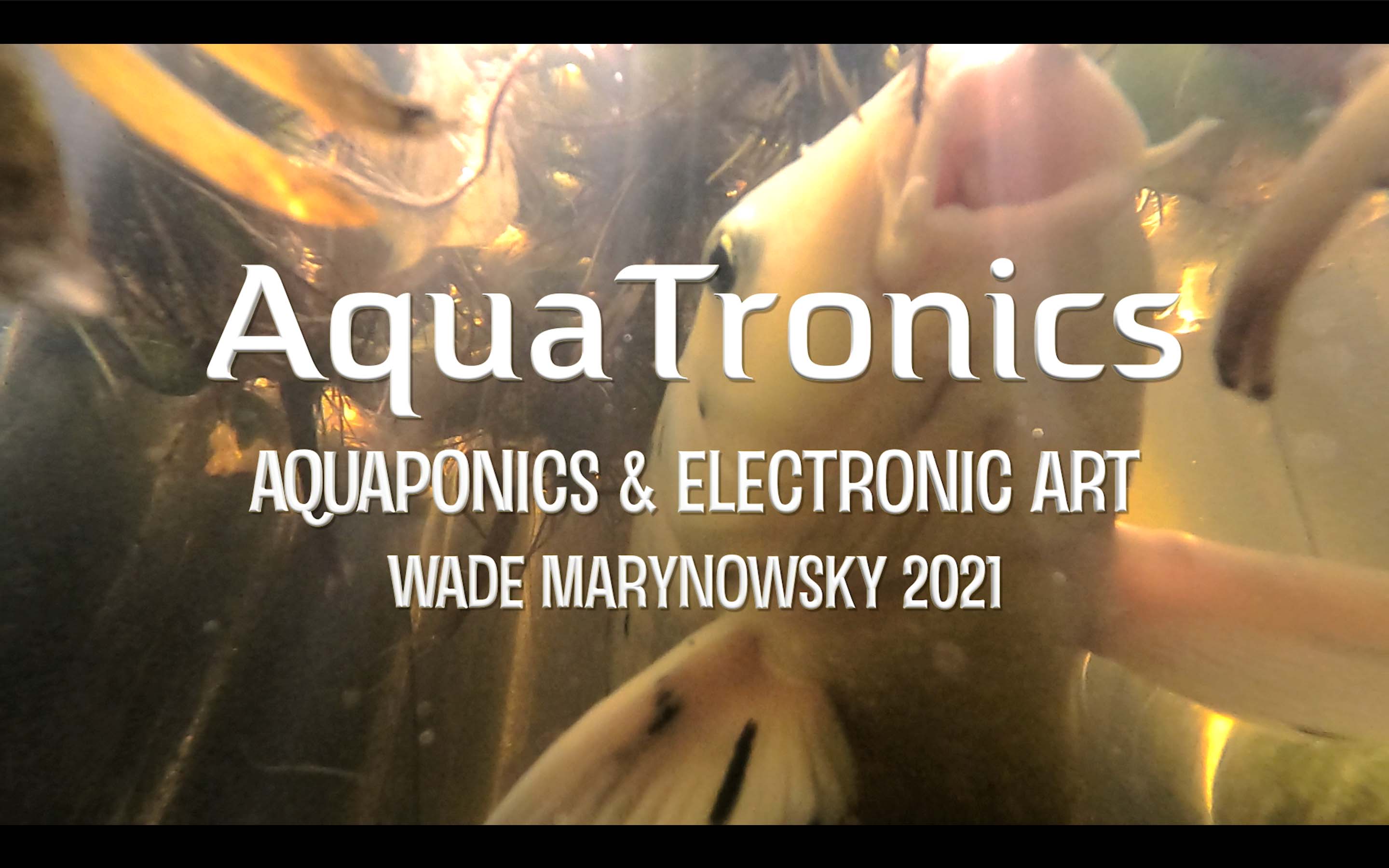


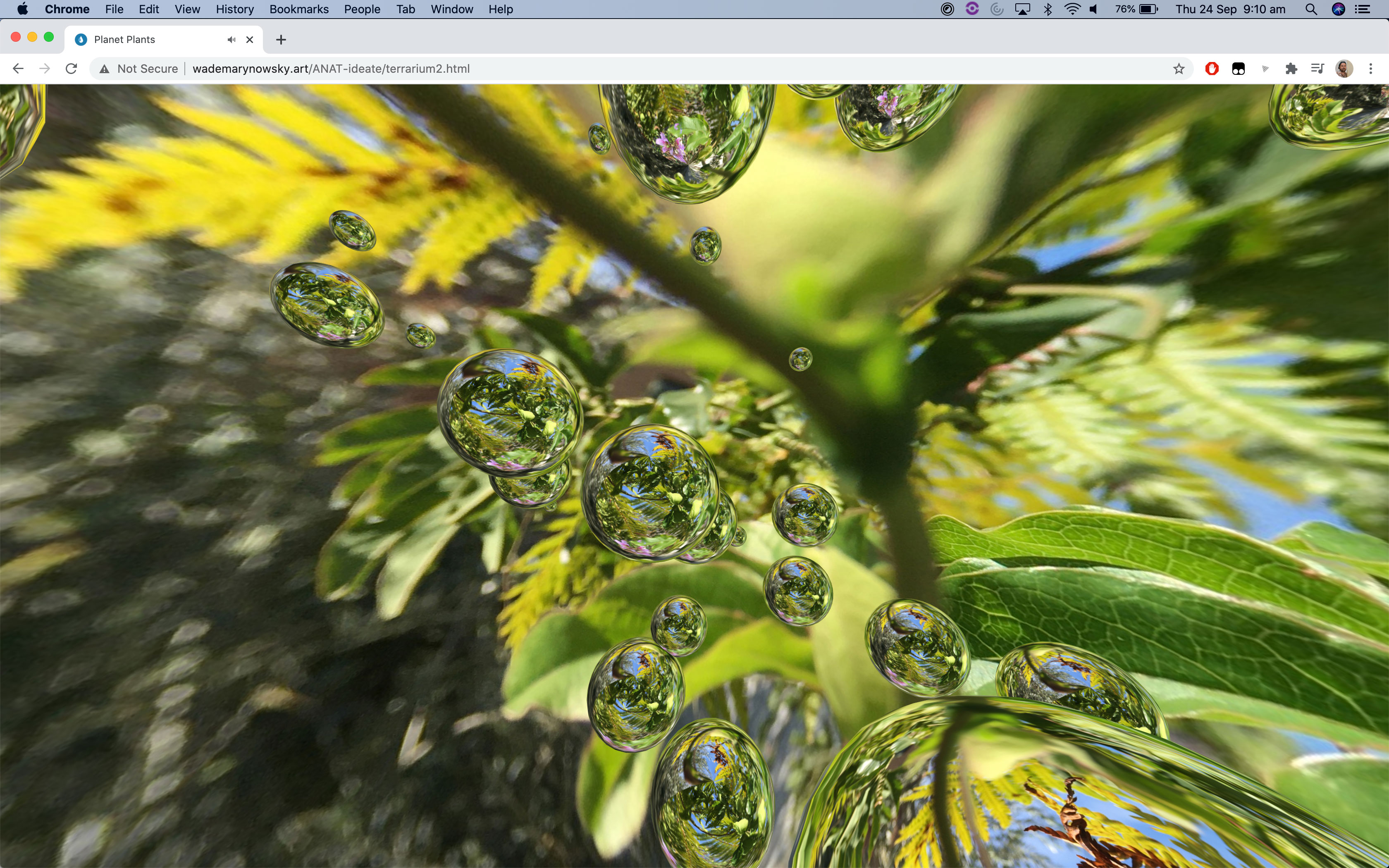
 Jostaberry (Ribes rubrum x uva-crispa)
Jostaberry (Ribes rubrum x uva-crispa)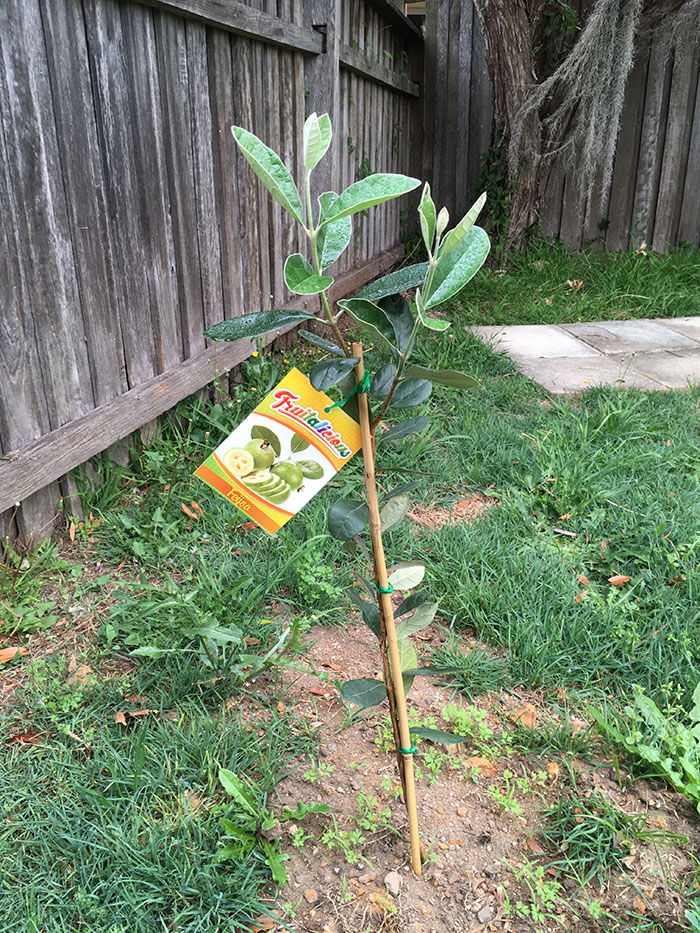
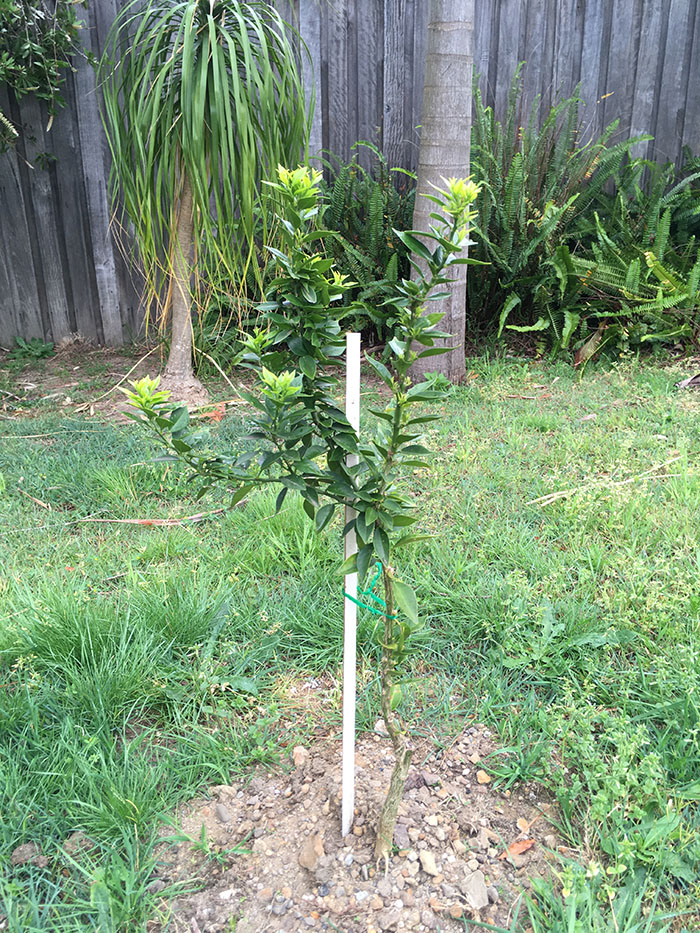
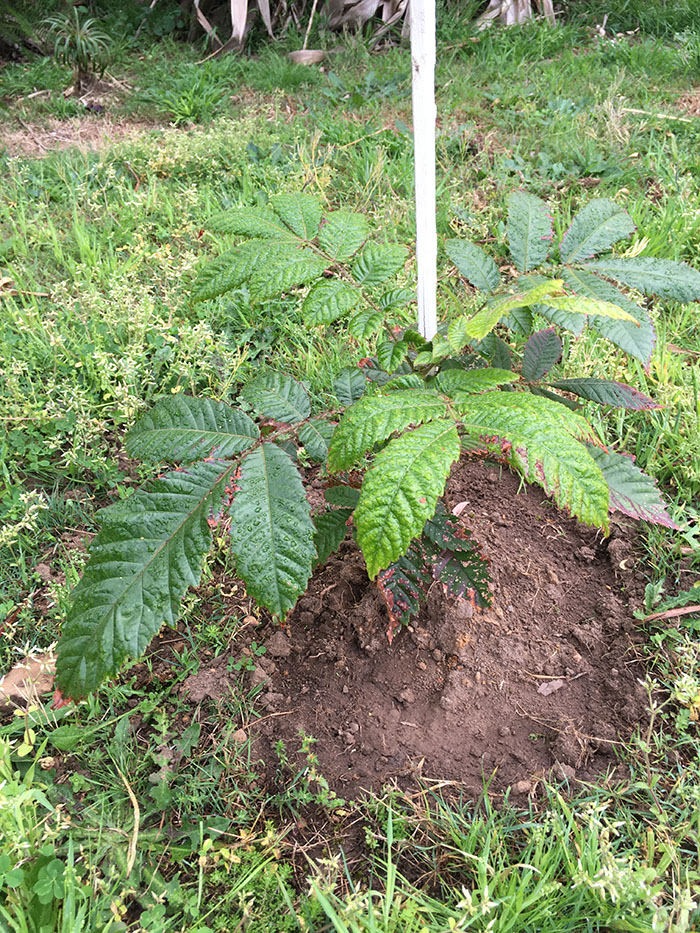 Davidson Plum (Davidsonia pruriens)
Davidson Plum (Davidsonia pruriens)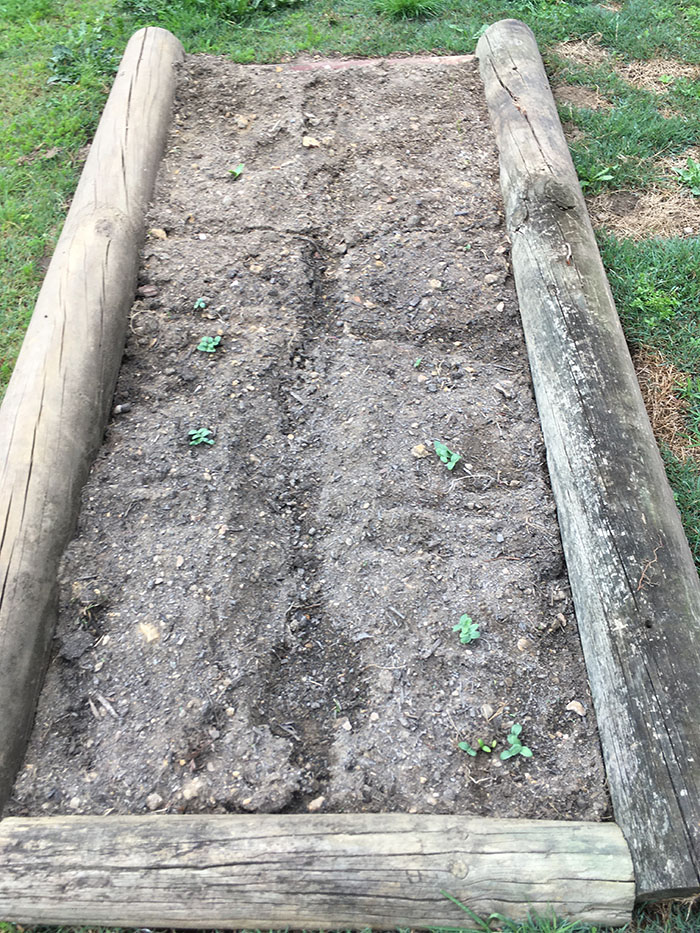 Vege garden bed with sprouting cucumber, shallots, artichokes, zucchini and mystery pumpkin.
Vege garden bed with sprouting cucumber, shallots, artichokes, zucchini and mystery pumpkin.